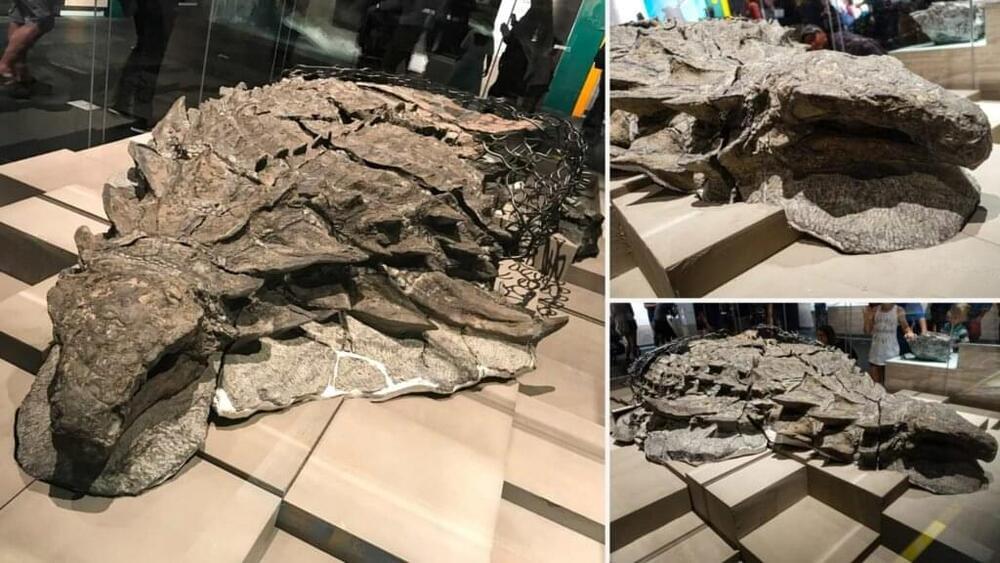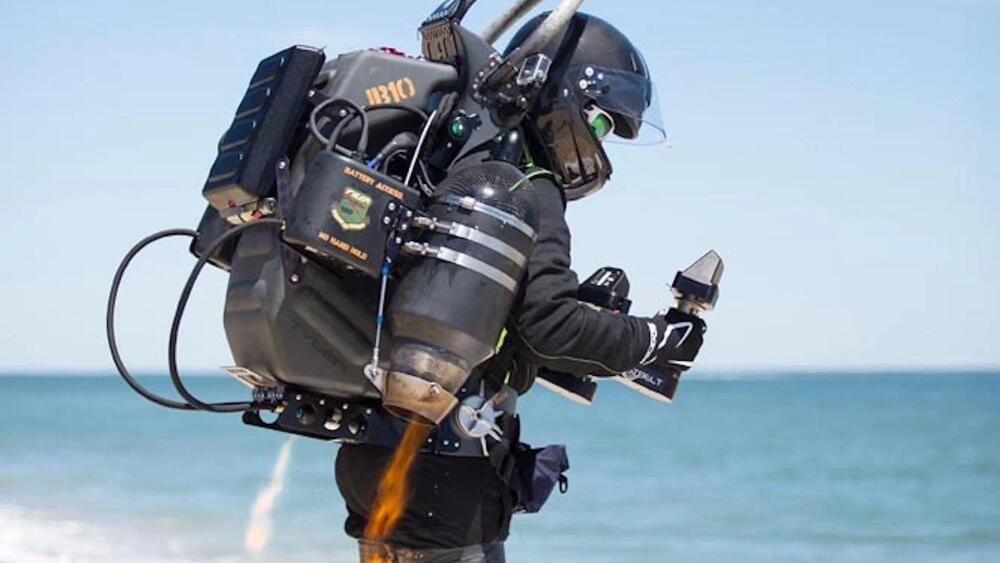The remains seem like they were only a few weeks old despite the fact that the dinosaur died over 110 million years ago.



The future we’ve been waiting for is a little closer.
Recent information from the Defense Advanced Research Projects Agency (DARPA) has revealed that the Pentagon has indeed continued to pursue military-equipped jetpacks.
And now, they seem closer than ever to achieving their goal as they have already awarded contracts to companies to build test prototypes.

Controlling light “has been a recurring research theme since antiquity.”
An international group of researchers, led by a team at MIT, spent more than four years developing technologies for high-speed optical beam forming.
The researchers also developed a pioneering fabrication process that will ensure the quality of the device if and when it is manufactured at scale.
Sampson Wilcox.
They have now presented the fruits of their labor: a programmable, wireless device that can control light. The new system can manipulate the intensity of light and focus it in specific directions, and “do it orders of magnitude more quickly than commercial devices,” an MIT press statement reveals.

The Y chromosome carries a gene called SRY, which turns on male genes on other chromosomes.
The Amami spiny rat, one of the species that lack a Y chromosome and the Sry.
As per the press release, under normal conditions, the Sry gene on the Y chromosome triggers the formation of the testes. However, the Sry gene, along with the Y chromosome, has vanished in a small number of rodent species.
1, 2
By upregulating Sox9 in the absence of Sry, the researchers found that the sequence duplication in Amami spiny rats was a novel regulatory factor.

Quick update/ reminder for Neuralink Event.
Twitter: https://twitter.com/ryantanaka3
Neura Pod is a series covering topics related to Neuralink, Inc. Topics such as brain-machine interfaces, brain injuries, and artificial intelligence will be explored. Host Ryan Tanaka synthesizes informationopinions, and conducts interviews to easily learn about Neuralink and its future.
Support: https://www.patreon.com/neurapod/
Please consider supporting by joining the channel above, or sharing my other company website with retirees: https://www.reterns.com/. Opinions are my own. Neura Pod receives no compensation from Neuralink and has no affiliation to the company.
#Neuralink #ElonMusk #Tesla
The two stage vector interpretation of quantum theory apart from attempting to resolve the paradoxes of traditional quantum theory provides a physical basis for teleology and understanding how there is a small probability that future events affect present ones.
There are now quite a few electric surfboards on the market, and they almost all work in the same way – their jet drive runs for as long as you squeeze a throttle on a handheld remote. The Jetson is different, in that it provides temporary boosts as needed.
Manufactured by Florida-based startup Jetson Surf Technology, the board is currently the subject of an Indiegogo campaign.
As far as its conventional features go, the Jetson sports four removable fins, epoxy resin construction, and is being offered in three lengths catering to individual users’ body size, skill level and surfing style. The choices are 6 ft/8 in, 8 feet and 9 feet (2, 2.4 and 2.7 m), which reportedly tip the scales at 19, 21 and 23 lb (8.6, 9.5 and 10.4 kg), respectively.
Year 2018 face_with_colon_three
A new mind-controlling device has enabled people with paralysis to move and click a mouse cursor just by thinking about it, enabling them many freedoms.

A common chemotherapy drug could carry a toxic inheritance for children and grandchildren of adolescent cancer survivors, Washington State University-led research indicates.
The study, published online in iScience, found that male rats who received the drug ifosfamide during adolescence had offspring and grand-offspring with increased incidence of disease. While other research has shown that cancer treatments can increase patients’ chance of developing disease later in life, this is one of the first-known studies showing that susceptibility can be passed down to a third generation of unexposed offspring.
“The findings suggest that if a patient receives chemotherapy, and then later has children, that their grandchildren, and even great-grandchildren, may have an increased disease susceptibility due to their ancestors’ chemotherapy exposure,” said Michael Skinner, a WSU biologist and corresponding author on the study.